Annandale, New Jersey History
Home | Annandale History | Picture Gallery
|
White House Station 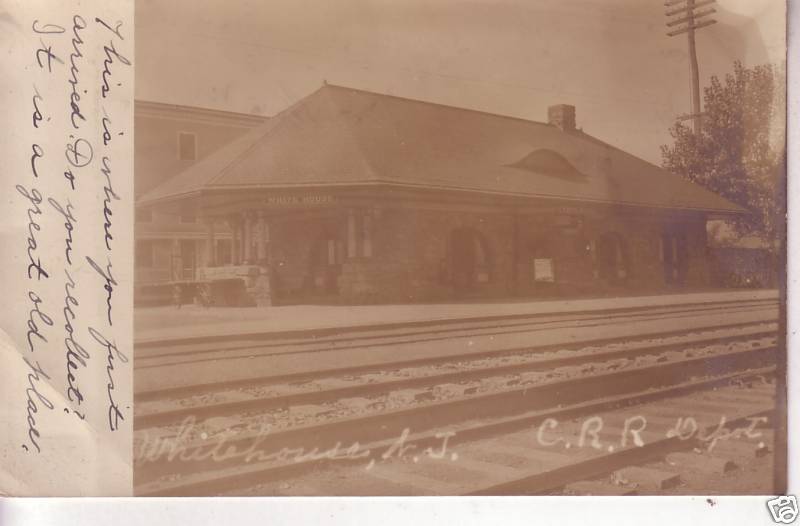 Station 1906 Listed on the National Register of Historic Places, this 1892 building was a former NJ Central Railroad Station. Designed in the H.H. Richardson style by Bradford Gilbert, it is characterized by heavy, rough-cut stone exterior, broad roof planes, and arched entryways. Painstakingly restored by the community in 1981, it now serves as the Readington Township Public Library. A visit to the "ladies waiting room" is a must!  R.R. Station at White House Station, N.J. 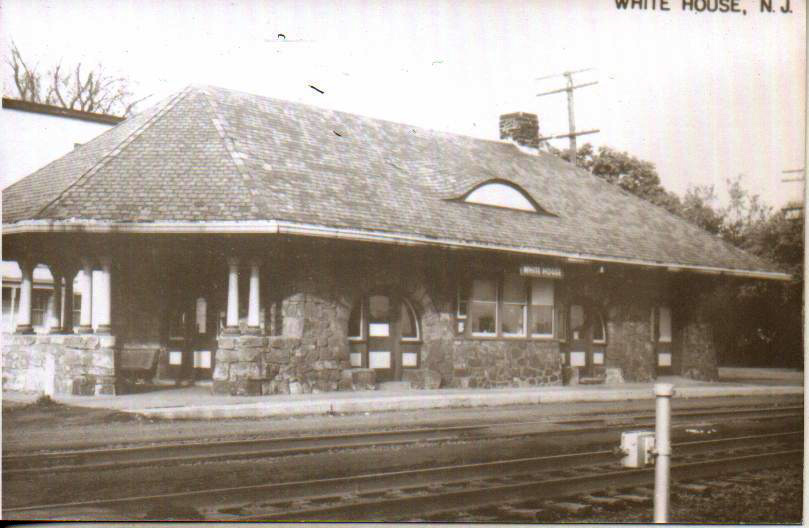 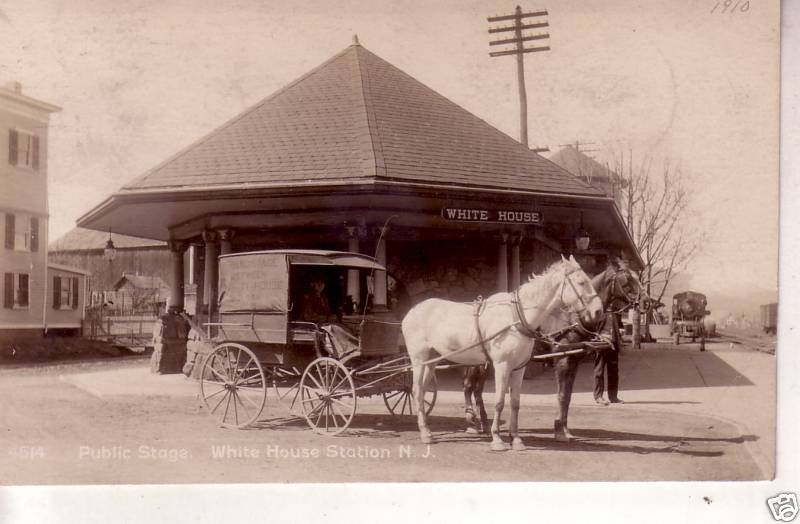 Public Stage 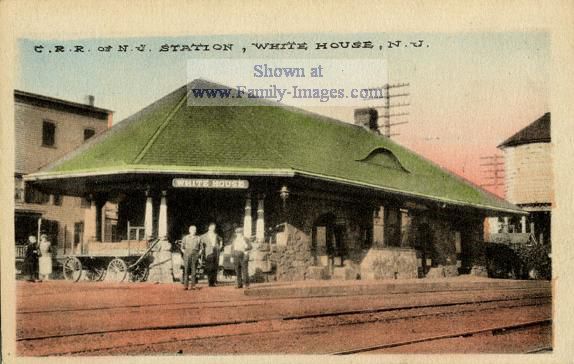 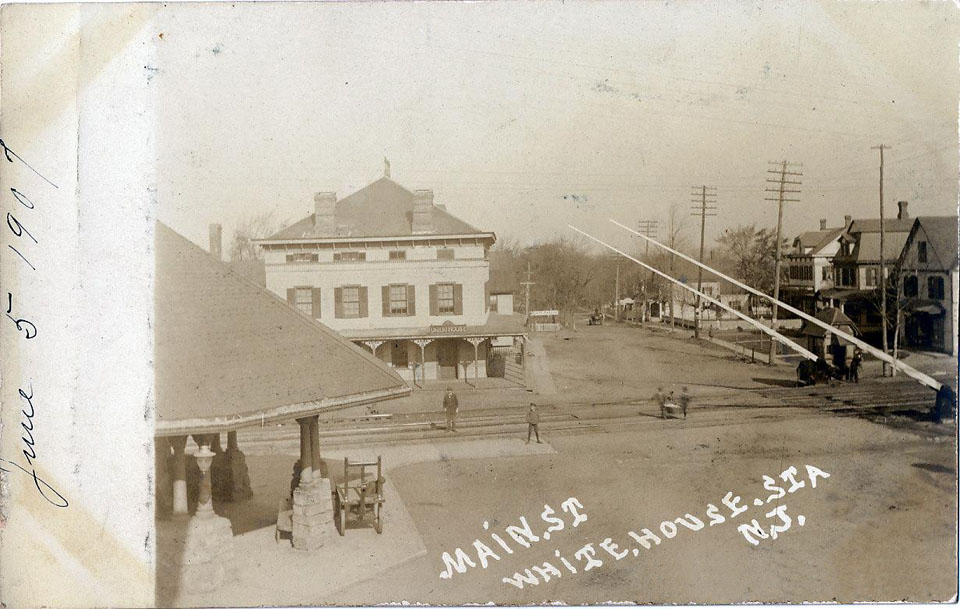 Main St., Whitehouse Station, NJ June 5, 1907 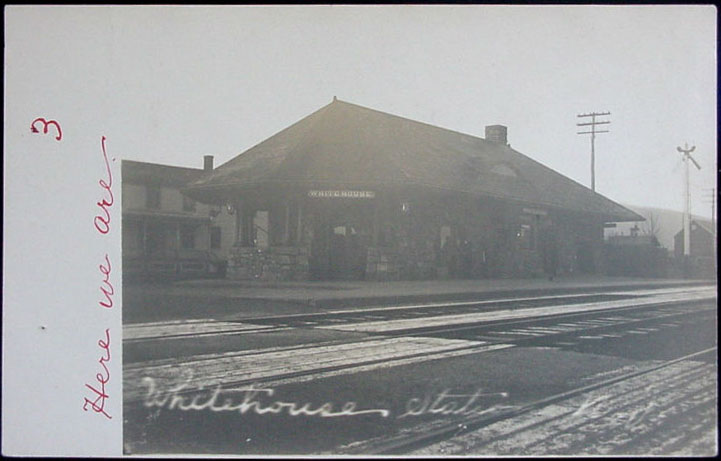 Whitehouse Station 1905 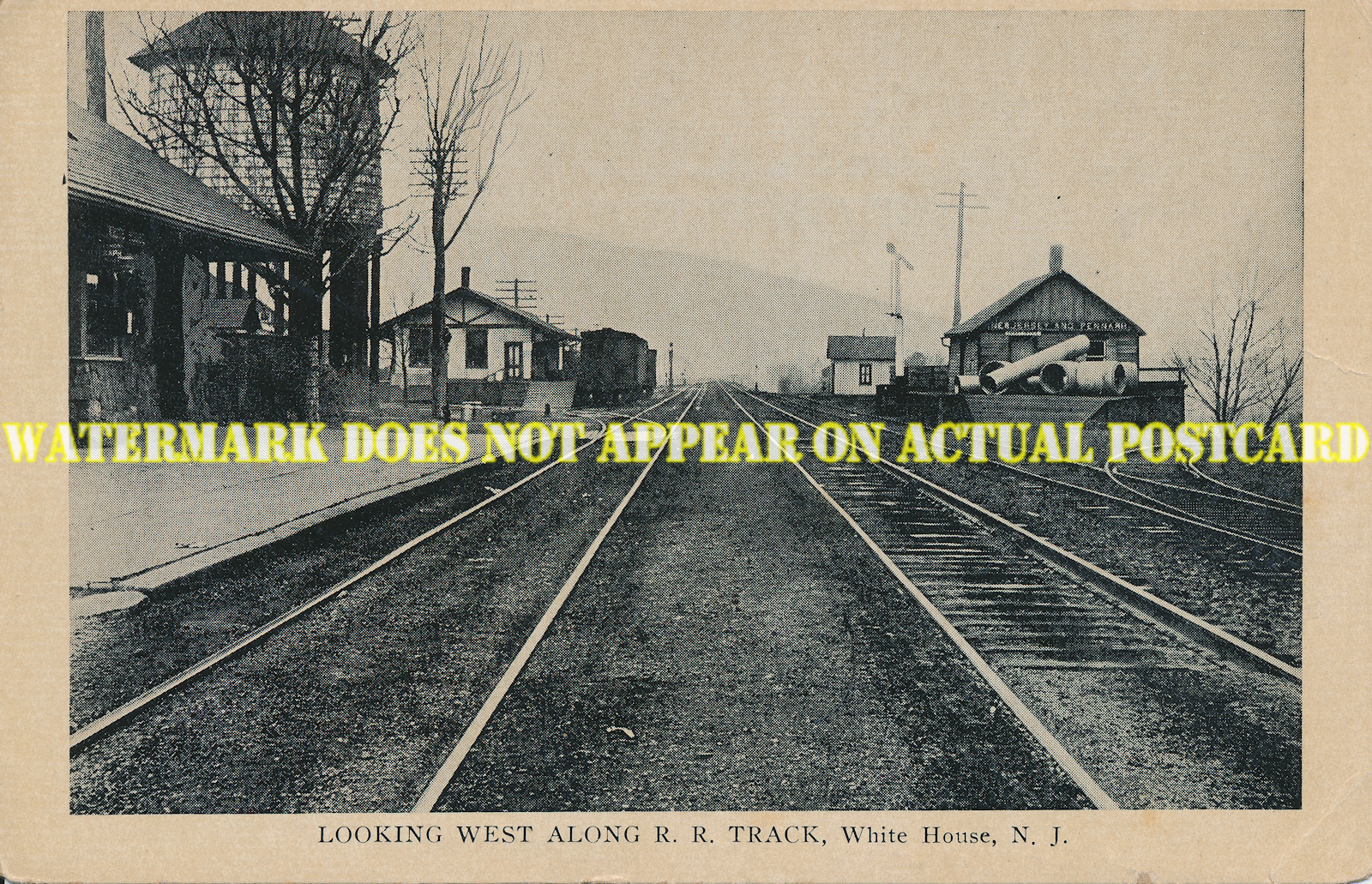 1915 The Rockaway Valley Railway, also known as the New Jersey & Pennsylvania Railroad, had a short life, closing down freight and passenger operations in 1914. It ran from White House to Morristown via Oldwick, Pottersville, Peapack, Ralston, Menham, Brookside & Washington Valley. The railroad had its own station at White House (right side). The Central Railroad of New Jersey, with which the NY&P connected, had a separate freight station (left) and a stone passenger station (left foreground). 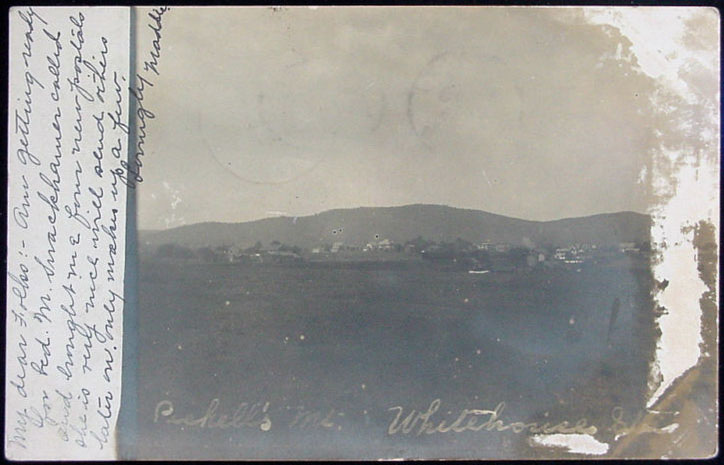 Birdseye view Pickell's Mt., Whitehouse Station 1905 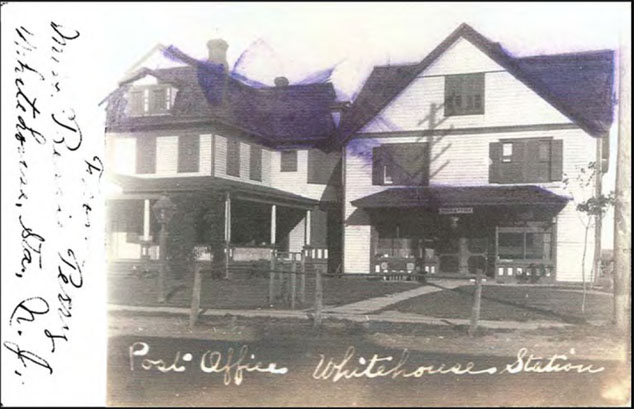 Post Office 1906 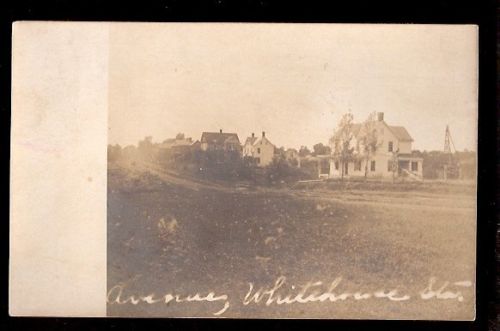 1910 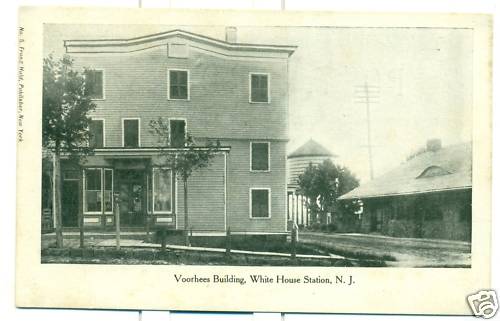 Voorhees Building 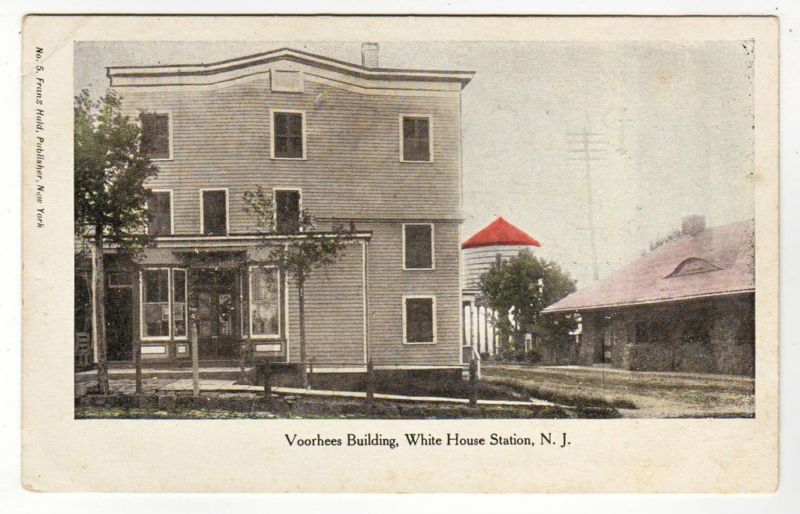 Voorhees Building colorized 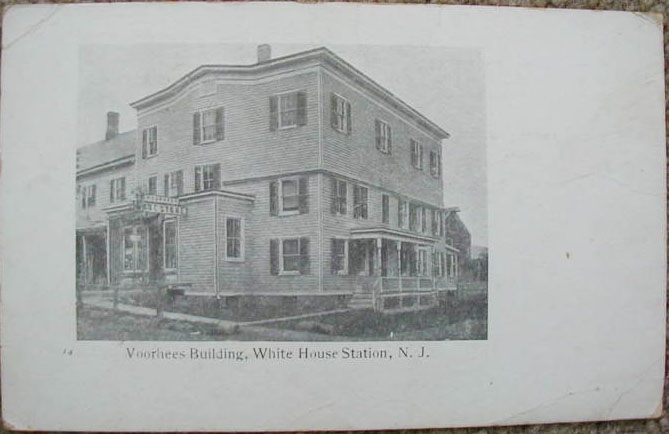 Voorhees Building 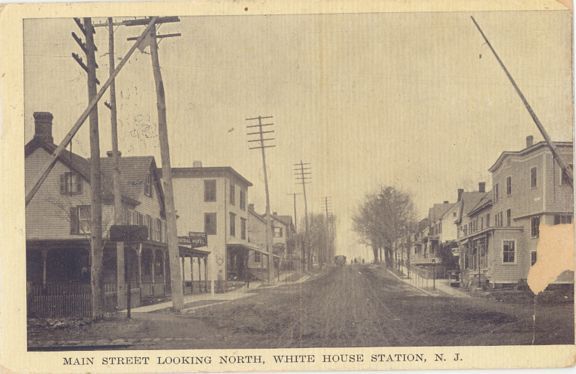 Main St. looking North 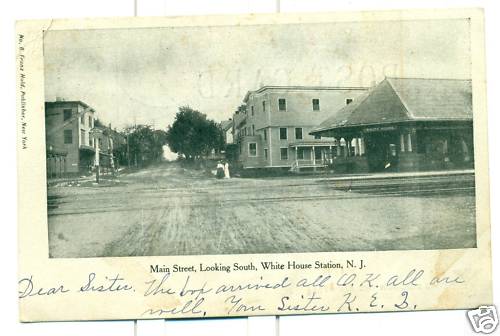 Main St. looking South 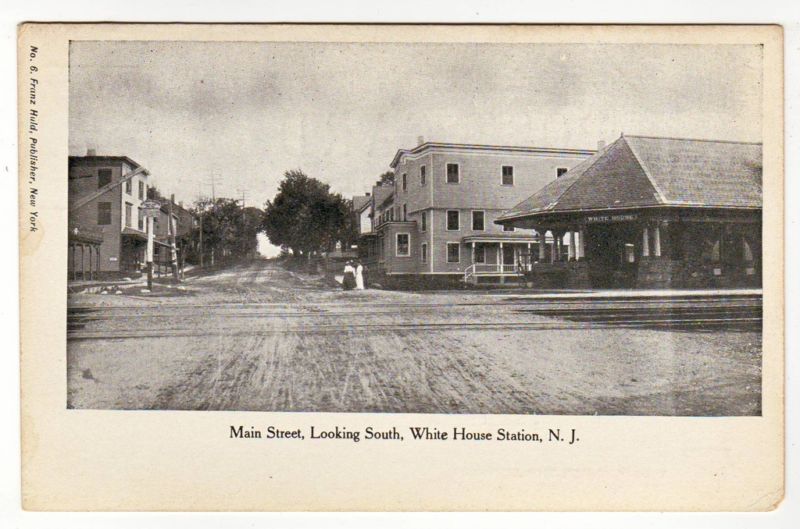 Main St. looking South 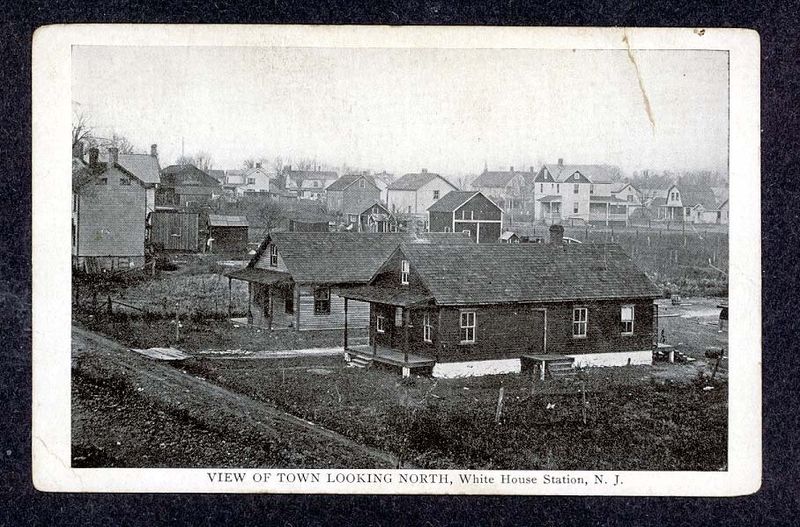 View of Town Looking North 1907-1912 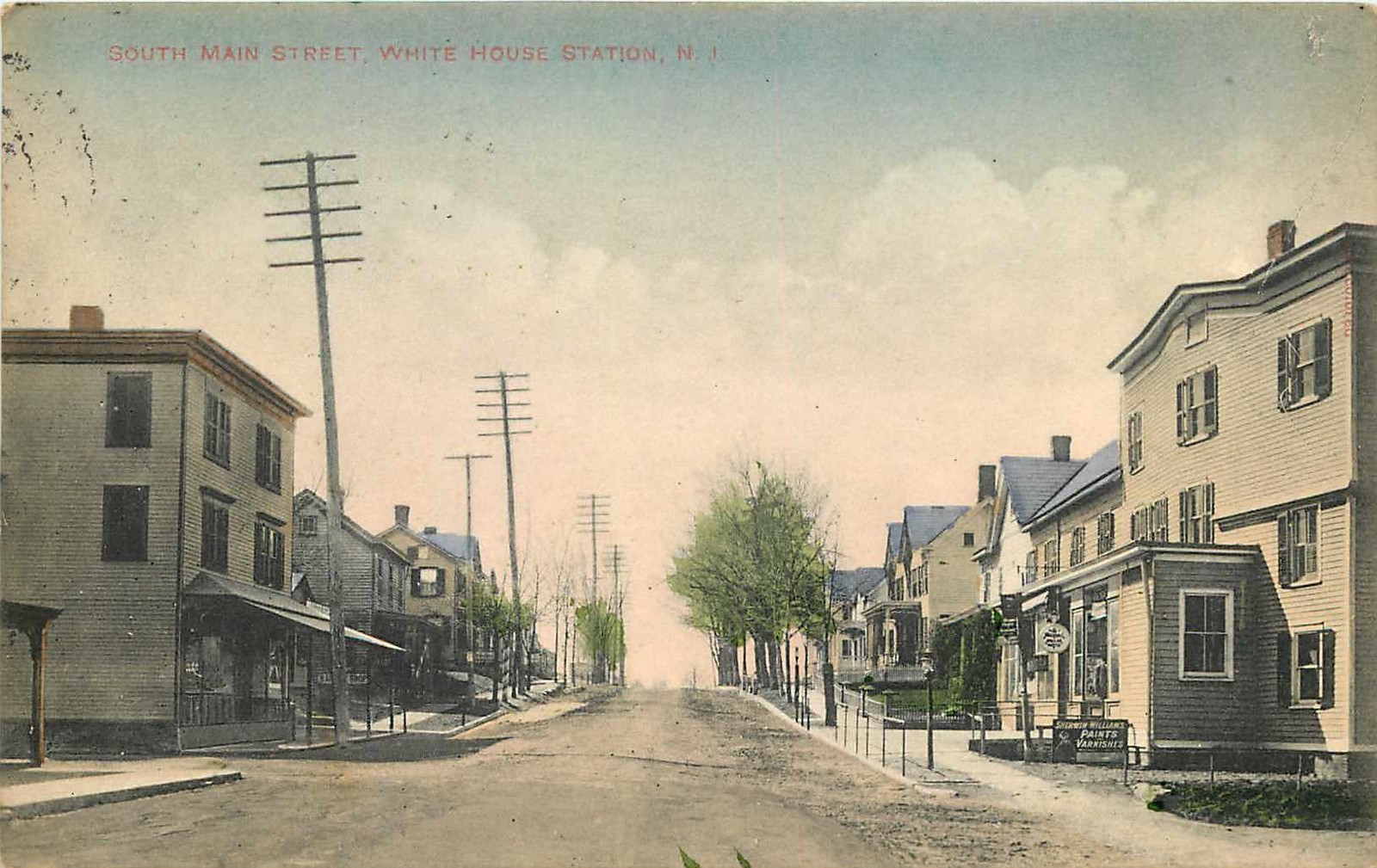 South Main St. 1915 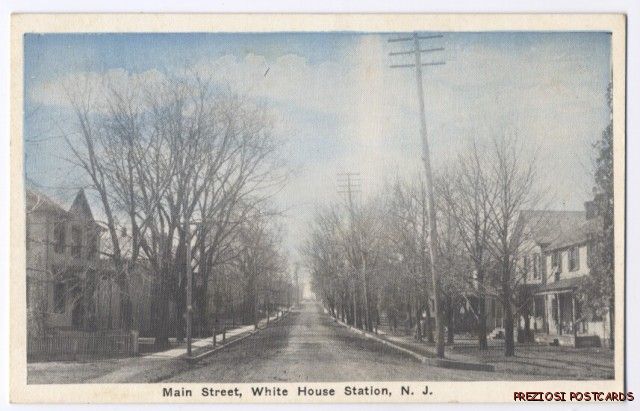 1915 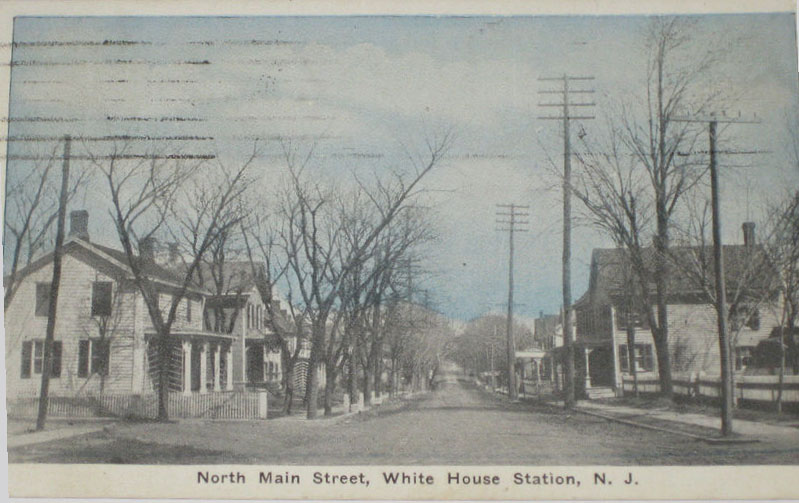 North Main St. 1927  Main St. 1947 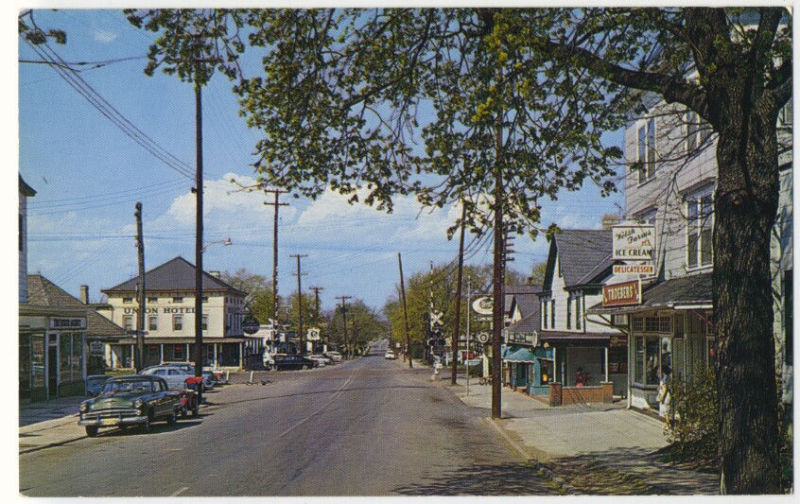 Main St. 1950s 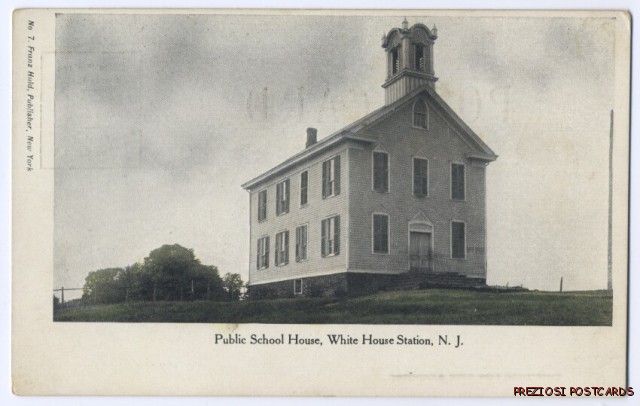 1907 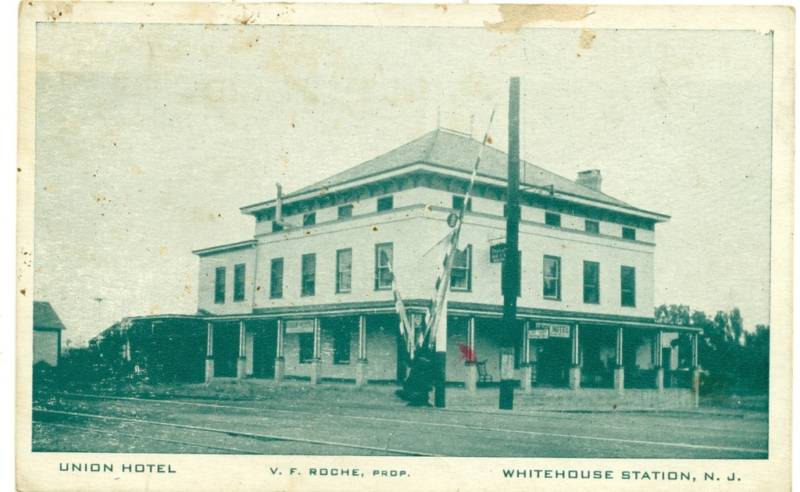 Union Hotel V.F. Roche, Prop. 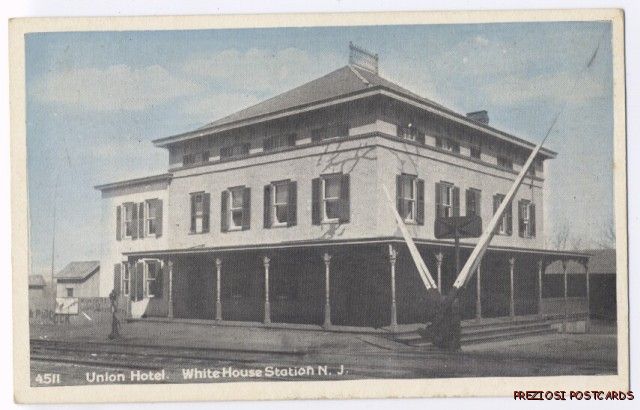 Church 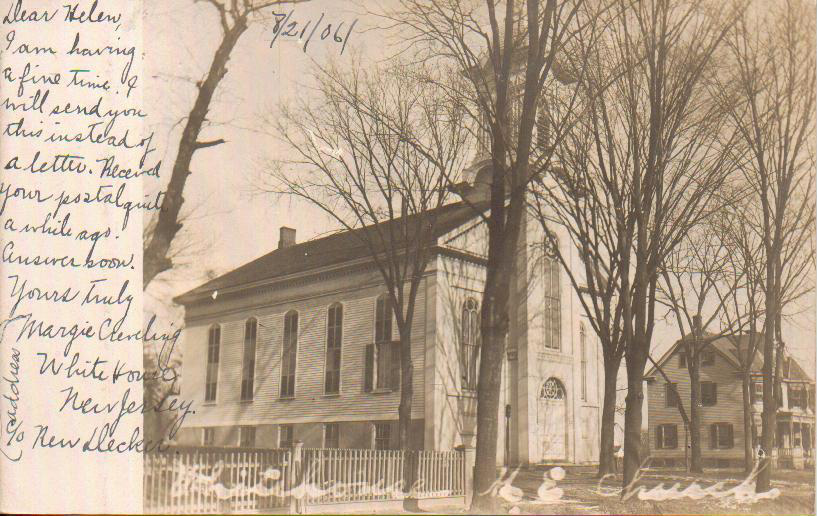 Methodist Church 1906 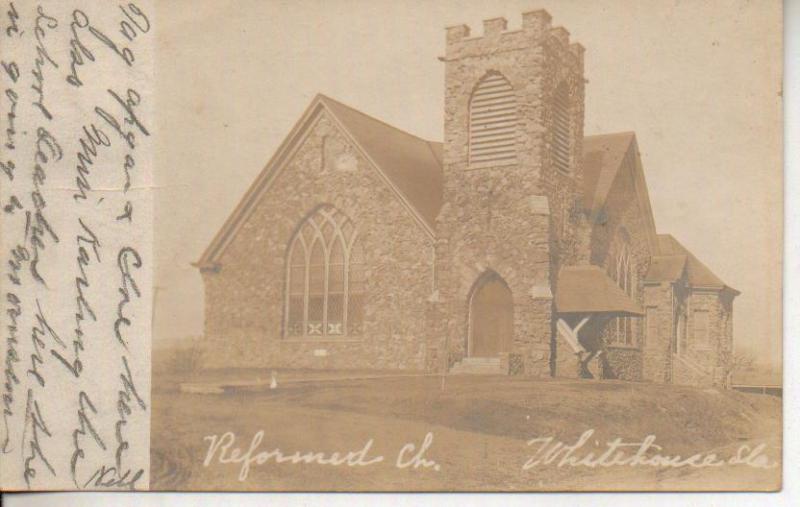 Reformed Church 1908 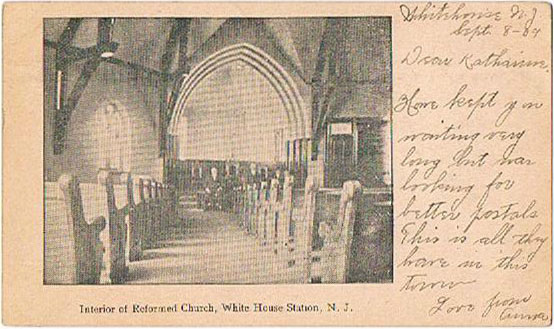 Refromed Church interior 1905 Misc. 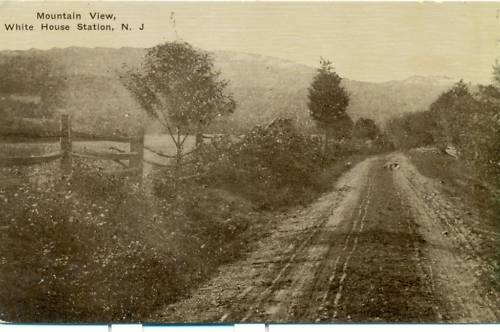 Mountain View Whitehouse 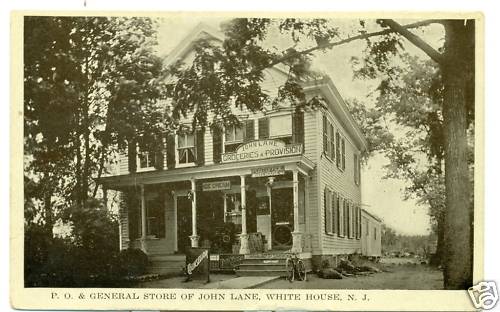 Post Office and General Store of John Lane 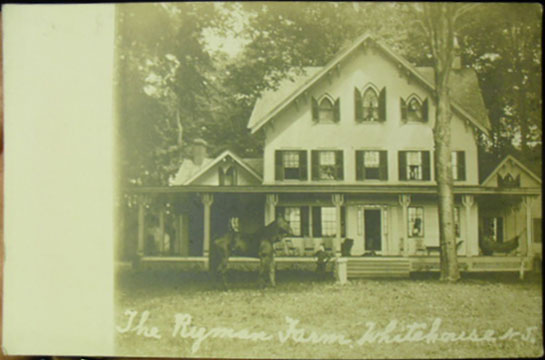 Ryman Farm 1905 Became the Ryland Inn 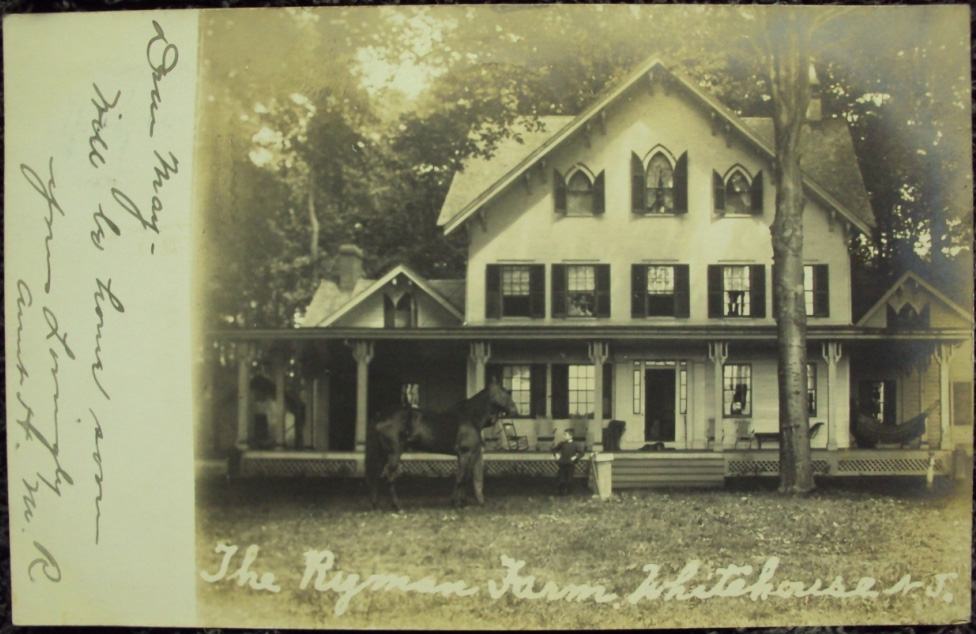 1906 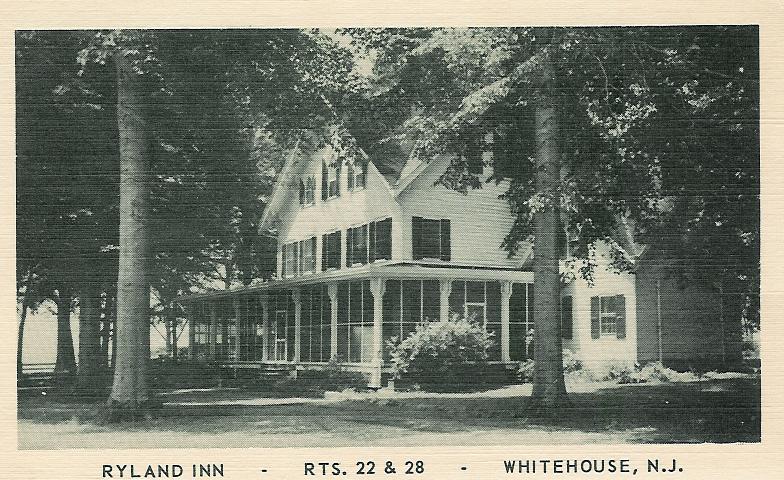 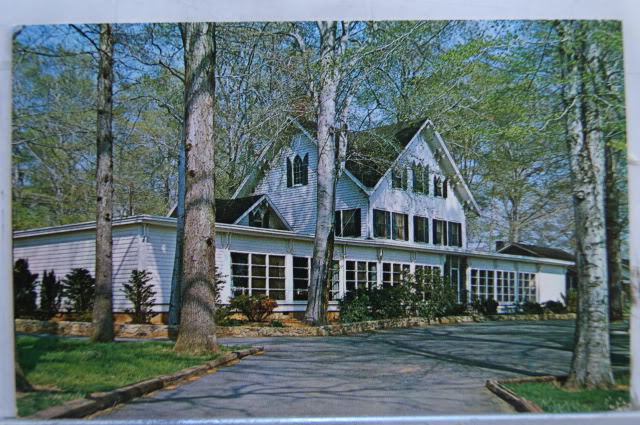 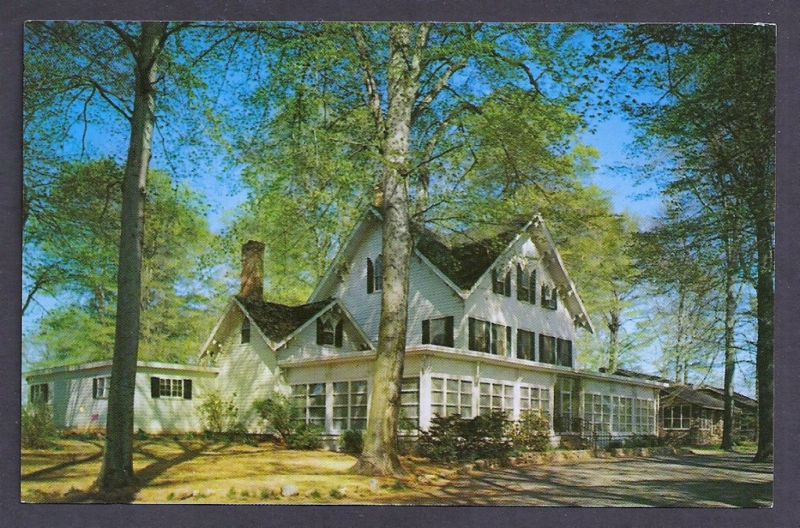 The Ryland Inn, built in Readington on the New Jersey Turnpike, which was chartered in 1806 and familiarly called “the old highway” from New Brunswick to Easton, was owned by Col. David Sanderson around 1850. Part of a collection of buildings for a blacksmith, farrier, and stables that served early stage coaches, the inn was purchased in 1905 by Kencyl Llwelyn Ryman and ultimately passed to his granddaughter, Phyllis Black, who ran a notable restaurant there for many years. The building, sited on a large farm complex, is described in part in the County’s 1979 Sites of Historic Interest as a two-and-a-half story Victorian Gothic structure with smaller one-and-a-half story wings. |